Recently, the situation between Russia and Ukraine has become increasingly tense and the conflict has been escalating, and a large-scale war has broken out. However, after days of fighting, heavy snow and plunging temperatures in the Ukrainian capital Kiev have made the operation more difficult. So how does weather affect the battle?
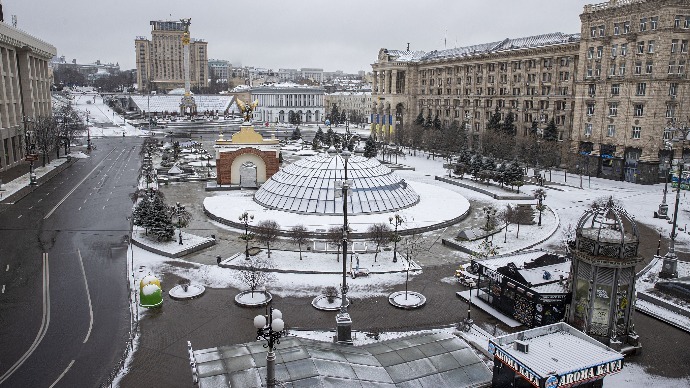
In Mencius, "weather, geography and harmony" are mentioned as the three most important factors affecting the outcome of a war. "Weather" refers to the natural climatic conditions of a war. The importance of taking "weather" as one of the three factors determining the success or failure of a war is self-evident.
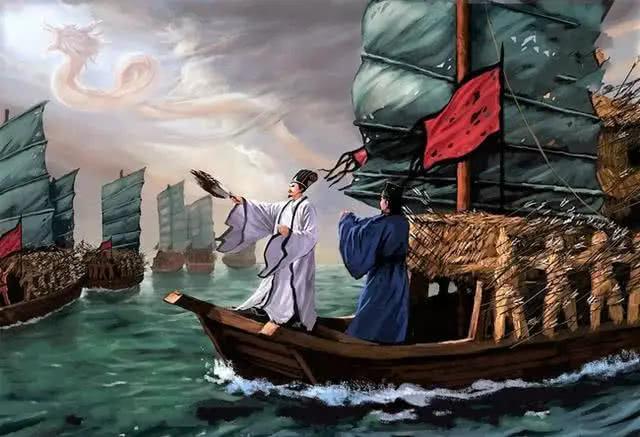
Before the ancient battles, many generals had to observe the clouds and measure the wind, and formulate tactical tactics according to the weather. In the Battle of Red Cliff, Zhuge Liang "took advantage of the east wind" and defeated the Cao Army with fewer troops. With the development of science and technology, the radius of human military activities is gradually expanding to the sea, the sky and even the space. The modern battlefield is more multi-dimensional, and the coordinated operation of multiple services and arms tends to be normal. Land, sea, air and sky, wind and thunder, in the modern war, the important influence of weather is increasingly prominent.
Impact on the army
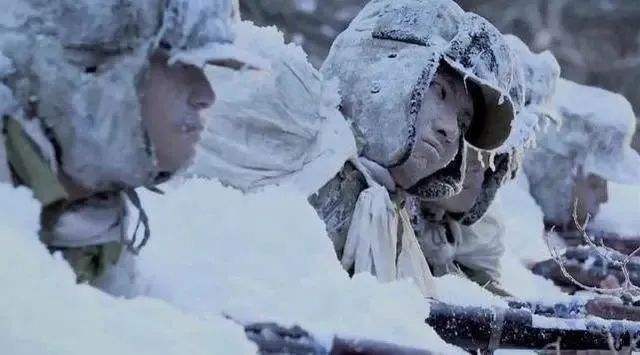
The influence of weather on combat effectiveness is mainly reflected in the manipulation of body and mind and weapons and equipment. The inclement weather reduces the activity efficiency of the combatants, makes breathing difficult, causes psychological changes due to physical discomfort, and in severe cases results in reduced judgment and activity ability of the combatants. In 1812, Napoleon led a large army to attack Russia, occupied Moscow, due to the arrival of cold winter, the French soldiers were unprepared, hungry, cold, Russian counterattack, 600,000 army casualties of about 550,000, and then fled to Paris. It is estimated that in both World Wars, the number of casualties due to cold weather reached one million.
Impact on the Air Force
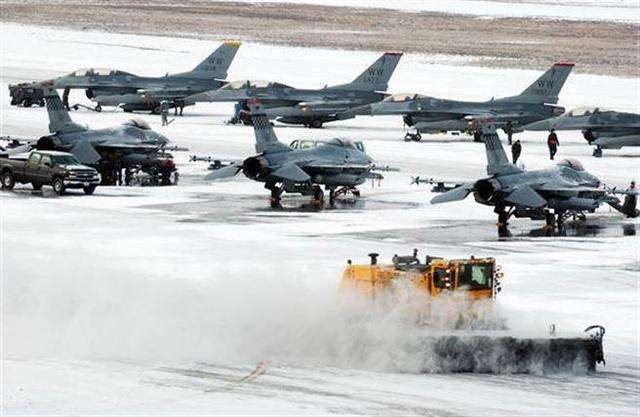
For the air Force, wind has a great impact on the takeoff, landing, heading, airspeed and airdrop, parachute landing, bombing, strafing and so on. Factors such as temperature and atmospheric density affect the aerodynamic force the aircraft can withstand. Lightning, ice accumulation and air flow will endanger navigation safety; Storms (snow), fog, and broken clouds can affect takeoff and landing. In 1940, a massive German air raid on the British mainland was met with unusually bad weather. As a result, months of German air attacks failed to achieve the desired results.
Influence on the navy
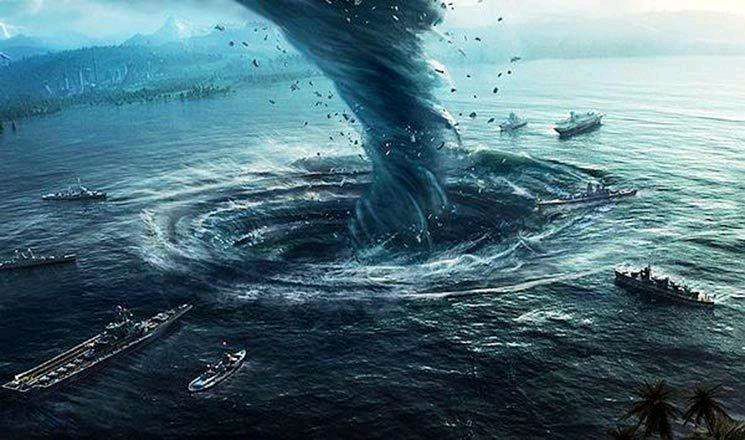
The unpredictable weather greatly affected the Navy's activities. During warship navigation, sea fog, temperature and wind are the main meteorological factors affecting ship activities. Sea fog will affect the sight of crew, hinder ship formation and maneuvering, and even lead to reef collision or trek. If the temperature is too low or too high, it will affect the operation of the personnel on board. The wind mainly affects the course and speed of the ship. The huge waves and surges caused by the wind are not conducive to navigation and shooting, but the sea waves caused by the breeze are conducive to the hidden activities of the submarine. Strong winds and typhoons not only hinder maritime operations, but also pose a serious threat to navigation safety. According to scientific calculations, the power of a powerful tropical storm is equivalent to 20,000 atomic bombs. If a warship strays into it, it will undoubtedly open the door to death.
The experience of modern local wars shows that the influence of weather on battlefield environment is related to many aspects, such as combatants, weapons and equipment, tactical warfare and service support. From a combat effectiveness perspective, being good at choosing and taking advantage of favorable weather is essential for victory. Once a war breaks out, global meteorological information sharing will be affected, and the enemy will block meteorological information to the maximum extent. Therefore, in order not to be controlled by others in future wars, we must vigorously develop independent means of obtaining meteorological data and more precise numerical forecasting models, speed up the construction of battlefield environment support system compatible with strategic operations and operational application, and get rid of constraints in future wars and win the first opportunity.
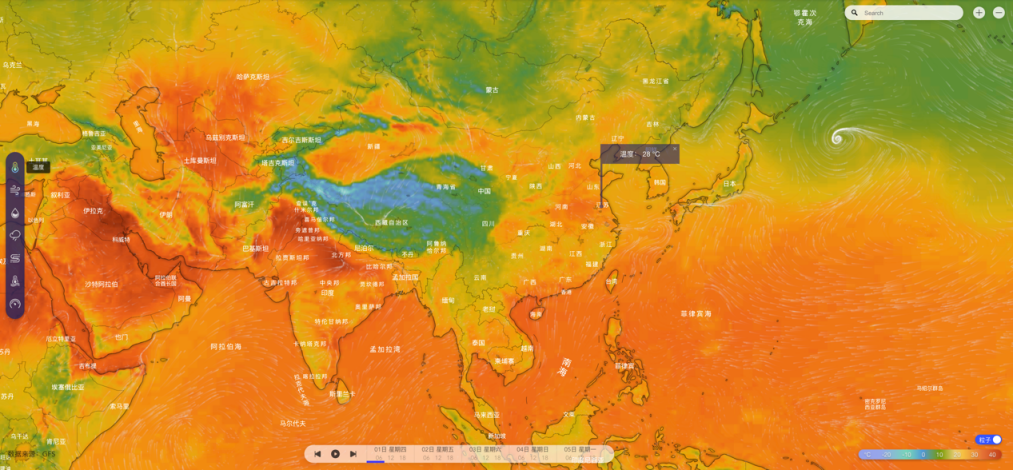
Ninecosmos is based on model development and optimization technology, and combines supercomputing, artificial intelligence, big data fusion and other technologies. Ninecosmos has developed numerical models for weather forecast and built a global/regional sea-air coupling forecast system. Ninecosmos self-developed intelligent meteorological and hydrological forecast and big data fusion and reconstruction system can provide refined meteorological, hydrological and environmental forecast fields to provide guarantee for military operations, realize intelligent fusion and rapid reconstruction of three-dimensional meteorological and hydrological factor fields, and provide important support for naval operations and equipment.

Fast track
Home About Technique Forecast Products News ContactProducts
Smart Meteorology Ocean Shipping Atmospheric Environemntal Protection Disaster Prevention and Mitigation Big Data Fusion HPC Intelligent Energy Intelligent Agriculture Smart CityElectronic album

Follow us
